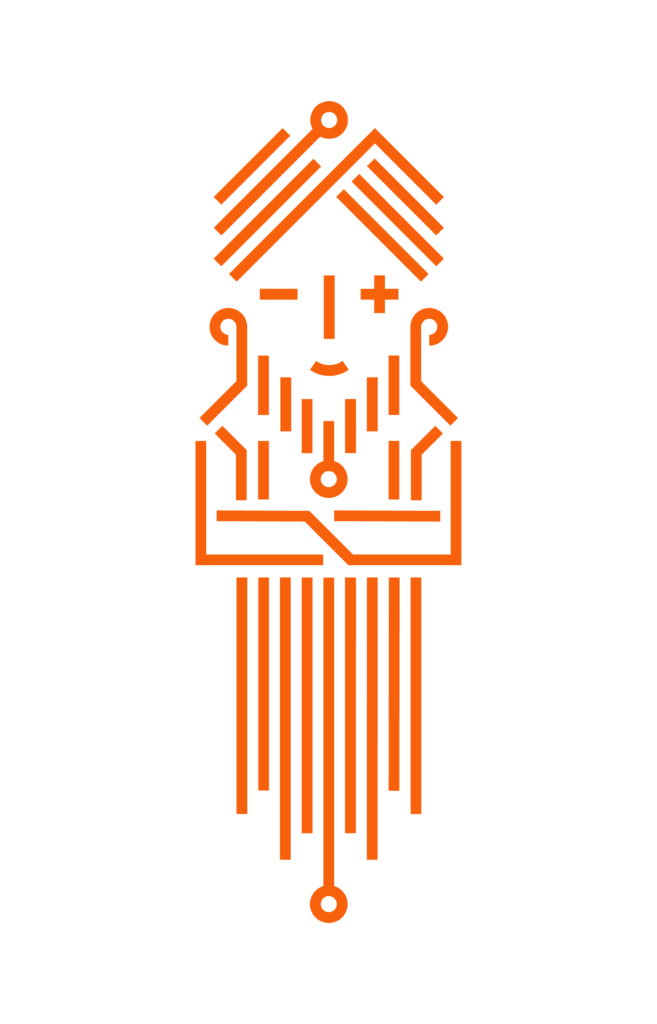Why Field Installation Management?
The goal of every smart device installation is to save time and effort and reduce error rate to zero by automating the process.
With tens of thousands of smart devices in distribution grid customers are looking for solution how to automate local installation check and verify communication setting and discovery of smart devices remotely. Field Installation Management automates, saves time and resources for massive smart meters rollout implementation by providing remote automated auditing services based on many testing scenarios.
Test your newly installed smart devices by using Field Installation Management and move them to production system easily.


